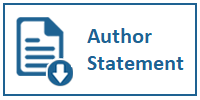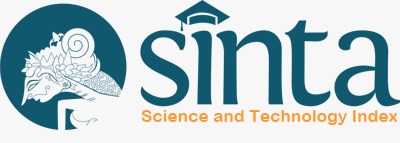Multi-sensory Approach in Designing Augmented Learning Kit for Children with Dyslexia
DOI:
https://doi.org/10.31937/ultimart.v15i2.2840Abstract
The human brain is a complex structure that allows us to encode and decode various stimuli that incorporate the five senses. In the case of children with dyslexia, this information processing performs inefficiently which resulted in reading, spelling, and/ or writing difficulties. Other related difficulties, such as memorizing, organizing, sequencing, and motor skills deficiency, may also be present. This specific learning difference is a lifetime challenge that cannot be cured, but it can be overcome through structured interventions. For many years, the multi-sensory approach utilized visual, auditory, and kinesthetic-tactile to trigger the senses, which is well known as one of the most compelling aspects of instruction for dyslexic students. By simultaneously training the brain through the senses, it is hypothesized that this approach can enhance the phonetical ability in a more effective and meaningful way through the implementation of an interactive learning kit for dyslexia. This paper is an initial phase of long-term research about an interactive learning kit for dyslexia. It includes the analysis of a multi-sensory approach and how it can be implemented in the design and development process in the next phase.
Keywords: dyslexia; multi-sensory; interactive; learning.
Downloads
Published
How to Cite
Issue
Section
License
Authors retain copyright and grant the journal right of first publication with the work simultaneously licensed under a Creative Commons Attribution-ShareAlike International License (CC-BY-SA 4.0) that allows others to share the work with an acknowledgement of the work's authorship and initial publication in this journal.
Authors are able to enter into separate, additional contractual arrangements for the non-exclusive distribution of the journal's published version of the work (e.g., post it to an institutional repository or publish it in a book), with an acknowledgement of its initial publication in this journal.
Copyright without Restrictions
The journal permits the author(s) to hold the copyright without restrictions and will hold distributing rights without limitations.
The submitted papers are assumed to contain no proprietary material unprotected by patent or patent application; responsibility for technical content and for protection of proprietary material rests solely with the author(s) and their organizations and is not the responsibility of the Ultimart: Jurnal Komunikasi Visual or its Editorial Staff. The main (first/corresponding) author is responsible for ensuring that the article has been seen and approved by all the other authors. It is the responsibility of the author to obtain all necessary copyright release permissions for the use of any copyrighted materials in the manuscript prior to the submission.















